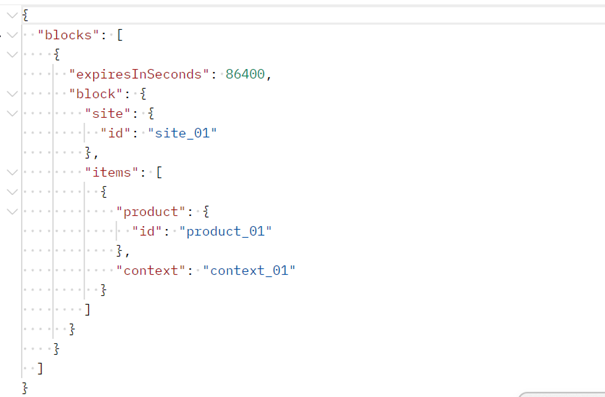
André Dotzler

Henning Sanders
Introduction
In our previous article, we discussed the core feature of OMSA: sourcing. Now, we’ll explore other key functionalities of OMSA that can be accessed via API.
In principle, all information exchange must be initiated by external systems, as SAP OMSA cannot autonomously push information. SAP is working on this feature, which is expected in future releases.
Availability
Besides sourcing, a crucial function of OMSA is providing availability information to other systems, such as displaying stock levels in a web shop.
SAP offers the following APIs for this purpose:
- Availability calculation: Determine how many items are available for a specific strategy using the Strategy ID.
- Available to sell: Shows how many items are generally available for sale.
- Available to sell by site: Retrieves availability information for specific locations (e.g., stores or distribution centres) using Site IDs. This feature is particularly useful for displaying store-specific availability.
OMSA not only displays current stock levels but also provides information on expected stock from incoming orders. This data can be communicated to customers using the ATP snapshots from the S/4HANA backend, allowing messages like “Product X available in 3 days.”
Reservierungen
Reservations are initially triggered by a sourcing request but may need to be updated based on certain settings. There are three statuses:
- Temporary: Usually assigned when a user adds a product to their cart; this reservation can expire.
- Pending: Typically assigned once the checkout process is complete.
- Confirmed: Assigned when the reservation is successfully created in S/4HANA.
Using an API, the status of a reservation ID can be adjusted at various points. Therefore, the above statuses are just recommendations.
Note: If you use SAP’s Order Management Foundation (OMF), it sends a “Reservation Confirmed” message when an order is created in S/4HANA, eliminating the need for custom development.
Availability Block
To temporarily remove stock from availability, it’s recommended to use an Availability Block. This prevents certain stock from being shown as available or sourced in OMSA without resorting to complex backend adjustments. The Availability Block API requires you specify how long the stock will be marked as unavailable.
Summary and looking ahead
Through its diverse APIs, SAP offers state-of-the-art processes for both inventory calculation and display. Looking to the future, OMSA is expected to be able to push inventory updates, reducing the need for web shops to conduct individual product availability inquiries. SAP is exploring the idea of implementing a Rough Stock Indicator (RSI), similar to the existing model used within the OAA environment.
Interested?
Interested in learning more about SAP OMSA? Get in touch with us to find out more.
SAP OMSA (1) – the new innovative cloud sourcing tool from SAP
SAP OMSA is a term that you may have come across in presentations, discussions, or forum threads. But what does OMSA actually stand for, and what benefits does implementing this system bring?
SAP OMSA (2) – Integrating S/4HANA backend with SAP OMSA
Integrating the S/4HANA system with SAP OMSA is crucial for seamless data exchange. But how does data ingestion work, and what are the key considerations?
SAP OMSA (4) – Sourcing request
In response to the sourcing request, the SAP OMSA system decides which sites the products should be sourced from. In this article, we look at which information and parameters can be included in the sourcing request.
SAP OMSA (3) – Sourcing strategy
In the SAP OMSA system, sourcing strategies significantly determine the outcome of a sourcing request. In this article, we take a closer look at sourcing strategy settings and shed light on how they can be used and adapted.
SAP OMSA (6) – the building blocks for effective sourcing requests
In this article, we delve into the functionalities and settings of plant master data and transportation aspects. These are pivotal components that have a significant impact on sourcing outcomes in the SAP OMSA system.




